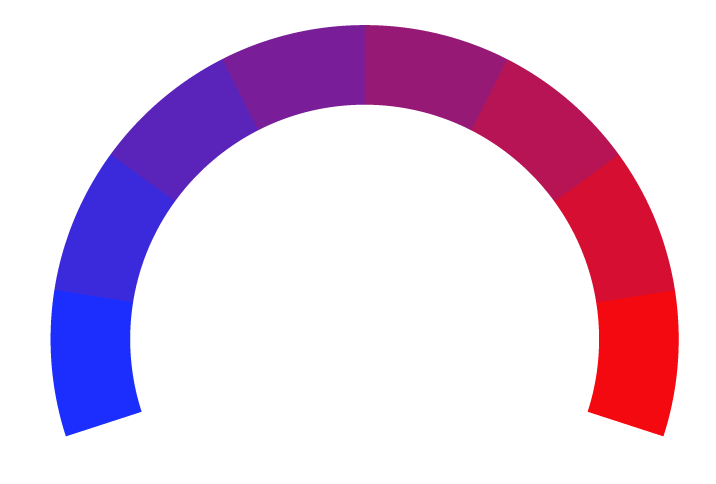The Supreme Court discovers that ending affirmative action is hard
- Bias Rating
-98% Very Liberal
- Reliability
N/AN/A
- Policy Leaning
10% Center
- Politician Portrayal
96% Negative
Continue For Free
Create your free account to see the in-depth bias analytics and more.
Continue
Continue
By creating an account, you agree to our Terms and Privacy Policy, and subscribe to email updates. Already a member: Log inBias Score Analysis
The A.I. bias rating includes policy and politician portrayal leanings based on the author’s tone found in the article using machine learning. Bias scores are on a scale of -100% to 100% with higher negative scores being more liberal and higher positive scores being more conservative, and 0% being neutral.
Sentiments
N/A
- Liberal
- Conservative
| Sentence | Sentiment | Bias |
|---|---|---|
Unlock this feature by upgrading to the Pro plan. | ||
Reliability Score Analysis
Policy Leaning Analysis
Politician Portrayal Analysis
Bias Meter
Extremely
Liberal
Very
Liberal
Moderately
Liberal
Somewhat Liberal
Center
Somewhat Conservative
Moderately
Conservative
Very
Conservative
Extremely
Conservative
-100%
Liberal
100%
Conservative

Contributing sentiments towards policy:
56% : The Supreme Court spent an inordinate amount of time on Monday hearing arguments in two cases about affirmative action in university admissions.56% : Roberts, for example, appeared open to the possibility that affirmative action could be permissible at the service academies -- the Court has historically shown more deference to the military than to other institutions.
54% : Indeed, one perennial ritual that plays out every single time the Court hears a case about affirmative action in college admissions is that a raft of major employers file amicus briefs begging the Court not to overrule cases like Grutter.
51% :(Although Harvard is a private university, the Court's decision in 1978's Regents of the University of California v. Bakke held that private schools are subject to the same rules governing race that the Constitution imposes on their public counterparts.)
51% : And, notably, both of the lawyers arguing against affirmative action on Monday acknowledged that a university could decide to admit a student based on an admissions essay that discusses the student's racial background.
49% : I want to acknowledge that the questions raised by affirmative action policies are difficult.
47% : That said, at least some of the Court's conservatives seemed bothered by several difficult questions that are likely to arise if they hand down a decision banning affirmative action.
47% : Chief Justice John Roberts suggested that maybe affirmative action should still be allowed at service academies like West Point or the Naval Academy, after Solicitor General Elizabeth Prelogar argued that the military's "strength, cohesiveness, and military readiness" will suffer without a diverse officer corps.
47% : Even if one of the conservative justices who expressed some reservations today surprises us, that would still likely leave five votes teed up against affirmative action.
40% : Students for Fair Admissions is largely a front group for Ed Blum, a white activist who frequently advances lawsuits attacking programs such as affirmative action or the Voting Rights Act.
38% :Multiple conservative justices, including Roberts, Kavanaugh, and Barrett, pointed to language in Grutter predicting that "25 years from now, the use of racial preferences will no longer be necessary to further the interest approved today," or to language in Grutter suggesting that affirmative action must eventually have an "end point."
33% : That means that the Court is highly likely to implement the GOP's longtime position that affirmative action should be illegal.
23% : Although conservative Justice Anthony Kennedy surprised most Court observers when he voted twice during the Obama administration to weaken, but not forbid, affirmative action programs, every Republican appointed to the Supreme Court since Thomas's appointment in 1991 has consistently opposed affirmative action.
*Our bias meter rating uses data science including sentiment analysis, machine learning and our proprietary algorithm for determining biases in news articles. Bias scores are on a scale of -100% to 100% with higher negative scores being more liberal and higher positive scores being more conservative, and 0% being neutral. The rating is an independent analysis and is not affiliated nor sponsored by the news source or any other organization.






















 Vox
Vox